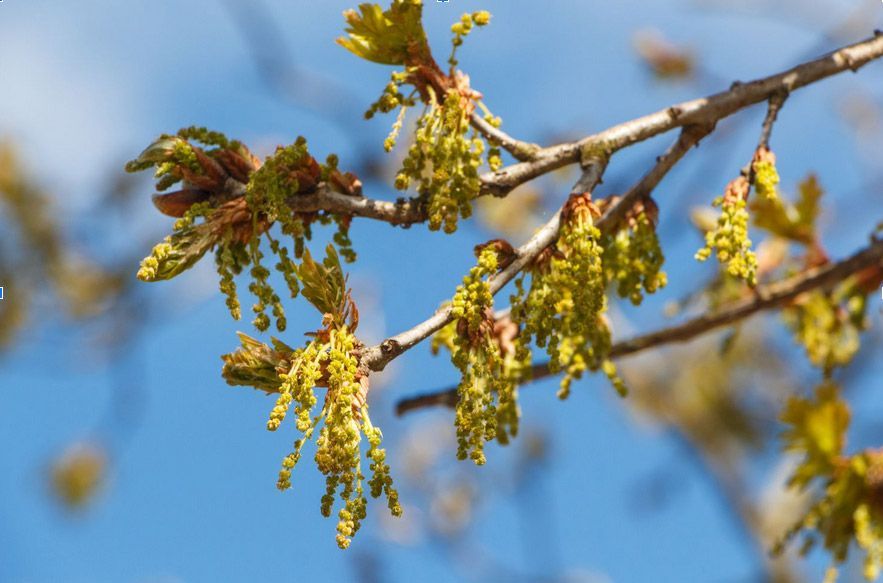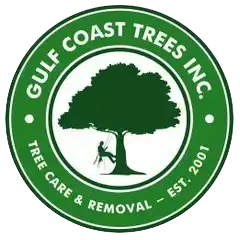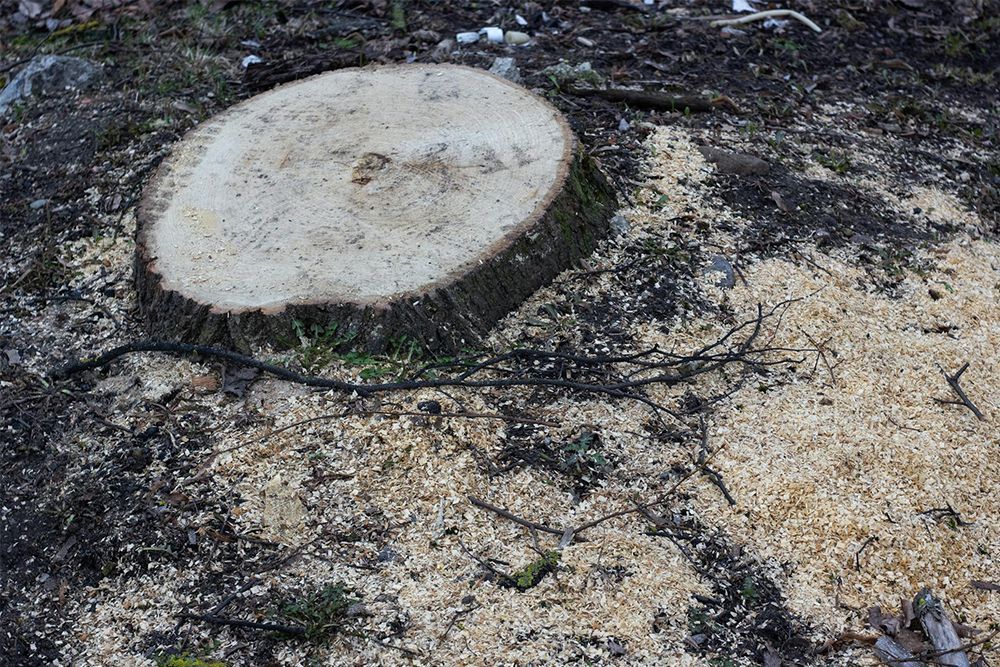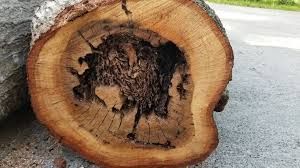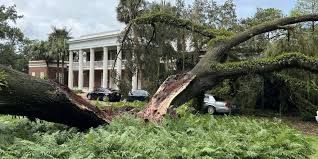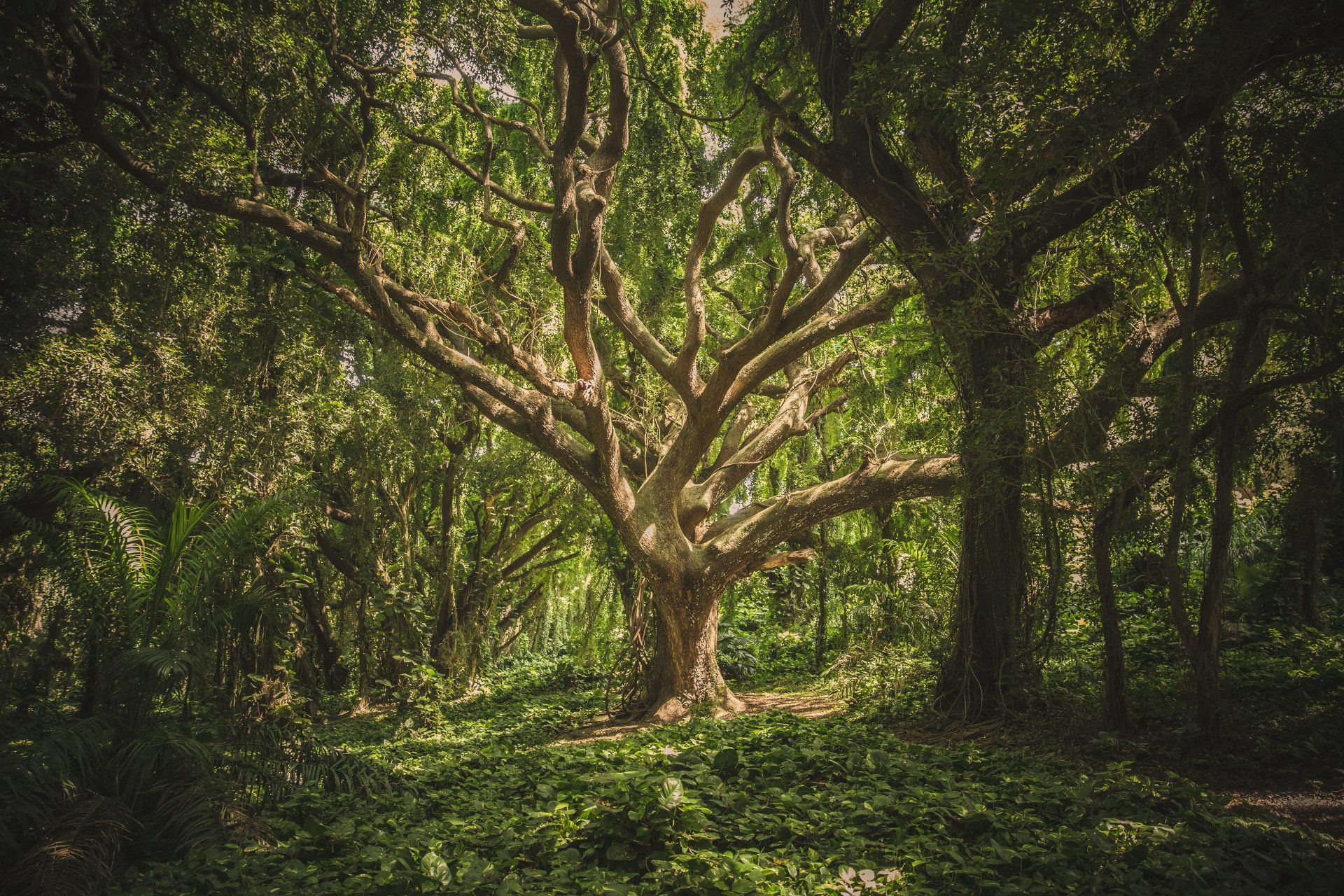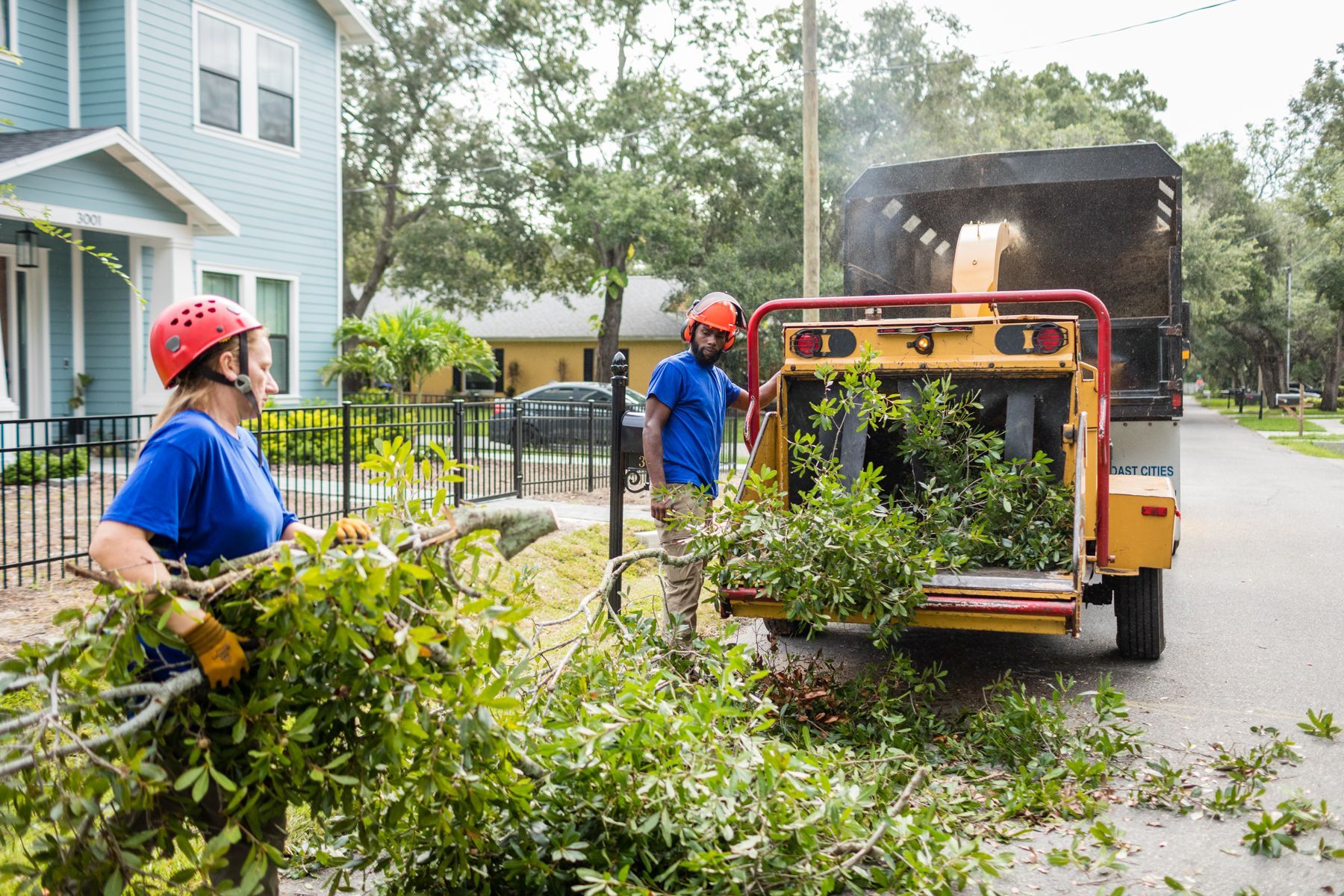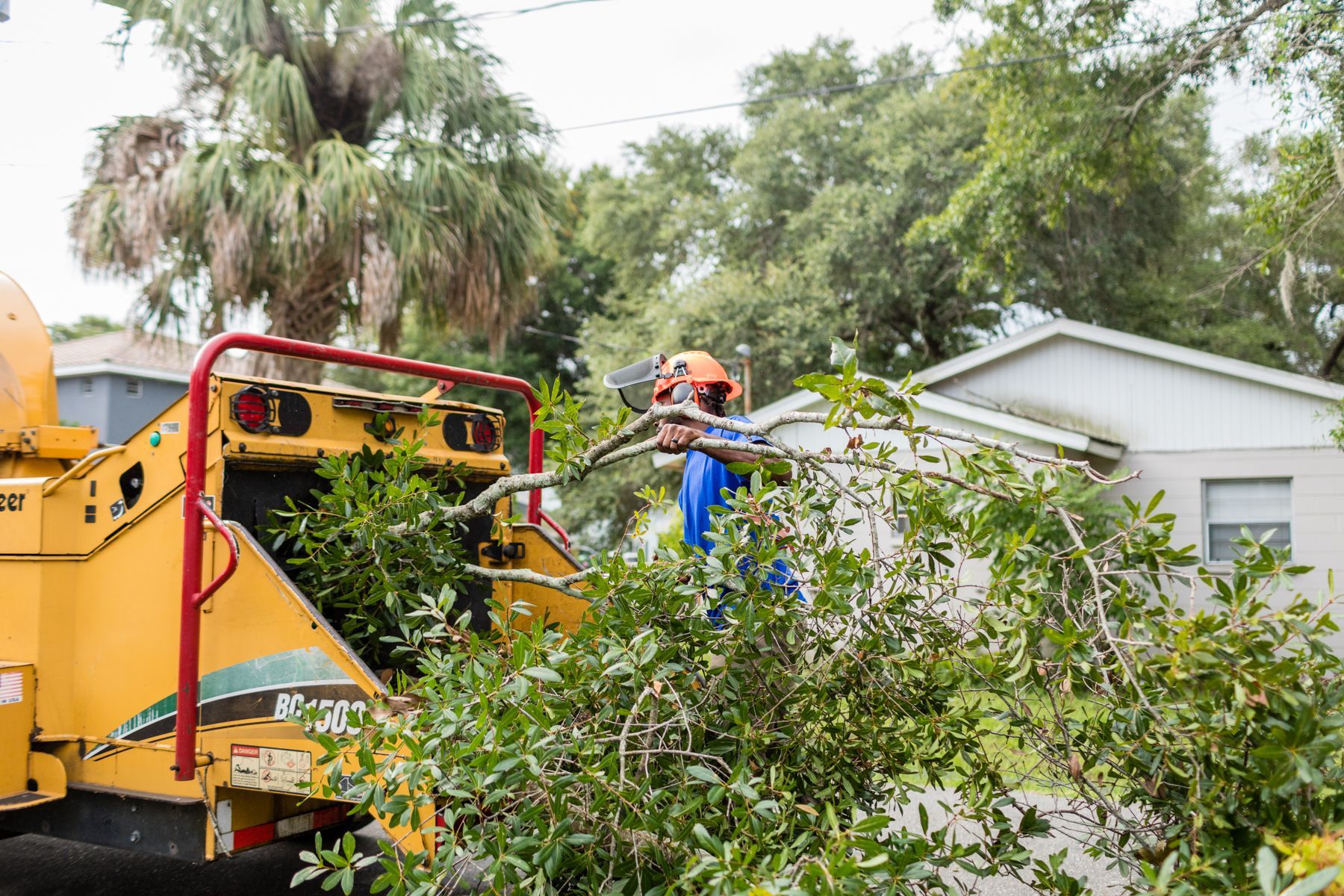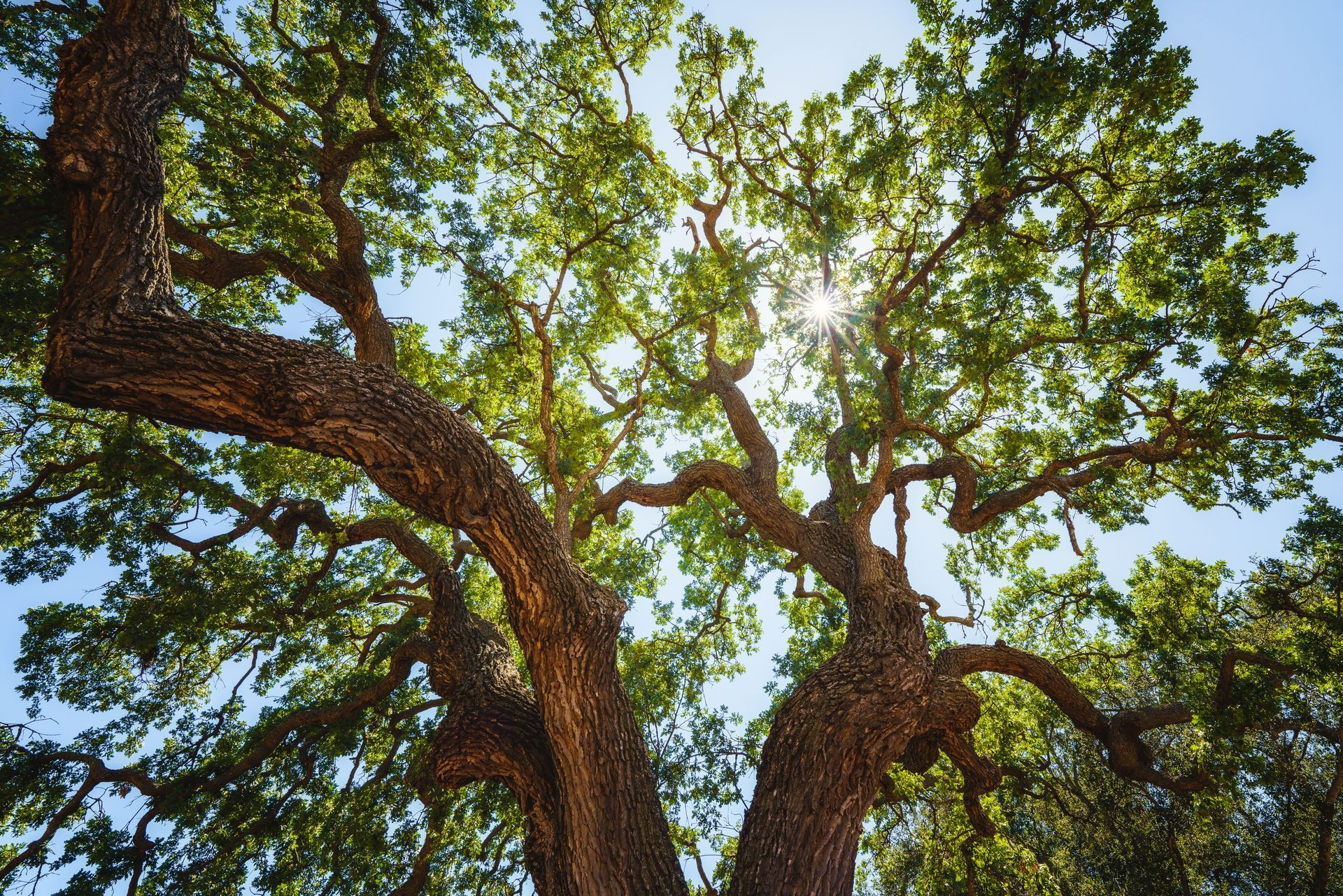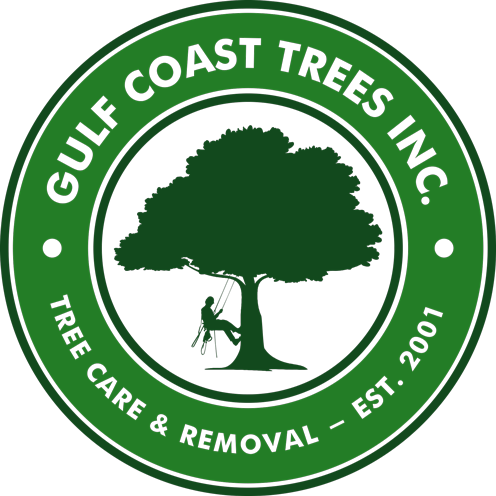Top 5 Signs Your Trees Need Pruning for Optimal Health
Trees add beauty, shade, and value to any property, but they require regular maintenance to stay healthy and structurally sound. Pruning is one of the most important tree care practices, helping to remove dead or diseased branches, promote growth, and improve the tree’s overall appearance. However, many homeowners are unsure when their trees need pruning.
If you’re wondering whether it’s time for some professional tree pruning in Tampa, here are the top five signs that your trees need attention.
1. Dead or Dying Branches
One of the clearest indicators that your tree needs pruning is the presence of dead or dying branches. These branches may appear dry, brittle, and grayish, with little to no leaves. In some cases, they may have fungal growth, such as mushrooms or mold, signaling decay.
Why Deadwood Is a Problem
- Safety Hazard: Dead branches can fall at any time, posing a risk to people, pets, and property.
- Disease Spread: If the branch died due to a disease, leaving it on the tree can allow the infection to spread further.
- Pest Attraction: Dead branches can attract wood-boring insects, which may weaken the entire tree.
How Pruning Helps
Removing dead branches helps redirect the tree’s energy to healthy limbs and promotes new growth. A skilled arborist can assess the health of the tree and remove only the affected branches while preserving the tree’s structure.
2. Broken or Storm-Damaged Branches
Tampa's storm season can be brutal, with strong winds and heavy rains often causing trees to lose branches or sustain damage. After a storm, it’s important to inspect your trees for broken, cracked, or partially detached limbs. Even if they haven’t fallen, these damaged branches can pose a serious risk.
Why Broken Branches Are Dangerous
- They Can Fall Unexpectedly: A cracked branch might remain in place for a while before finally breaking off, potentially causing injury or property damage.
- They Create an Entry Point for Disease: Open wounds on a tree from a broken branch make it more vulnerable to infections and fungi.
- They Weaken the Tree's Structure: If too many branches are lost, the tree can become unbalanced, increasing the risk of falling in the future.
How Pruning Helps
A professional arborist can assess storm damage and remove weak branches before they become a bigger problem. They will make clean cuts to allow the tree to heal properly and prevent infection.
3. Overgrown or Crowded Branches
If you notice that your tree has an excessive number of branches, or they seem to be growing chaotically, it’s a sign that pruning is needed. Trees naturally compete for sunlight and nutrients, and too much internal crowding can lead to poor health.
Why Overcrowding is Harmful
- Blocked Sunlight: Lower branches and inner leaves may not receive enough light to photosynthesize properly.
- Limited Air Circulation: Poor airflow can increase humidity within the canopy, creating a breeding ground for mold and mildew.
- Structural Issues: A tree with multiple crossing branches can develop weak limbs that may eventually snap.
How Pruning Helps
Thinning out the tree allows for better light penetration and air circulation, improving overall health. An expert will selectively remove excess branches, ensuring the tree grows in a balanced and controlled manner.
4. Disease or Pest Infestation
If you see signs of disease or insect activity on your tree, it’s crucial to take action quickly. Tree diseases such as root rot, fungal infections, or bacterial blight can weaken the structure, while pests like termites or aphids can cause significant damage.
Common Signs of Tree Disease
- Discolored Leaves: Yellowing, browning, or spotted leaves may indicate an underlying issue.
- Oozing Sap or Fungus Growth: If you notice sticky substances, mushrooms, or powdery mildew, your tree may be infected.
- Cankers or Cracks: These wounds on the bark can be a sign of disease.
Common Tree Pests in Tampa
- Aphids: Small insects that suck the sap from tree leaves.
- Borers: Beetles that tunnel into tree bark, weakening its structure.
- Scale Insects: Tiny, shell-covered pests that attach to branches and stems.
How Pruning Helps
Removing infected branches helps prevent the spread of disease to healthy parts of the tree. An experienced tree specialist can also provide treatment options to protect the tree from further infestation.
5. Trees Growing Too Close to Structures or Power Lines
If your tree’s branches are growing too close to your home, fence, or power lines, it’s time for pruning. Overgrown branches can cause various issues, including property damage and safety hazards.
Risks of Trees Growing Too Close to Structures
- Roof & Gutter Damage: Branches that rub against the roof can wear away shingles, leading to leaks.
- Foundation Issues: Large tree roots can grow under sidewalks, driveways, and even house foundations, causing cracks and instability.
- Pest Access: Overhanging branches provide a bridge for rodents and insects to enter your home.
Power Line Safety
- Fire Hazard: Branches that come into contact with power lines can spark fires, especially in dry conditions.
- Service Disruptions: A tree falling on a power line during a storm can knock out electricity for your neighborhood.
- Electrocution Risk: Attempting to trim tree branches near power lines without proper training can be extremely dangerous.
How Pruning Helps
Professional tree trimming ensures that branches are safely removed without causing harm to the tree or nearby structures. In Tampa, it’s crucial to comply with local tree pruning regulations when working near power lines.
Best Time for Tree Pruning in Tampa
While tree pruning can be done year-round, the best time often depends on the type of tree and its growth cycle.
Ideal Seasons for Pruning
- Late Winter to Early Spring: Most trees benefit from pruning during dormancy before new growth begins.
- After Storm Season: If a tree sustained damage from hurricanes or heavy storms, pruning should be done immediately to prevent further risks.
Avoid Pruning in Extreme Heat
Tampa’s hot summers can stress trees, so it’s best to avoid heavy pruning during peak summer months.
Why Choose Gulf Coast Tree for Tree Pruning in Tampa?
If your trees are showing any of these five signs, it’s time to call in the professionals. At Gulf Coast Tree, we specialize in tree pruning in Tampa, ensuring your trees remain healthy, beautiful, and safe. Our certified arborists have the expertise to assess each tree’s condition and provide tailored pruning solutions.
Our Services Include:
- Professional tree pruning and trimming
- Tree removal and stump grinding
- Emergency storm damage cleanup
- Disease and pest management
Don't wait until it's too late - schedule your tree pruning service today! Contact Gulf Coast Tree for a free consultation and let us help you maintain the beauty and safety of your trees.
